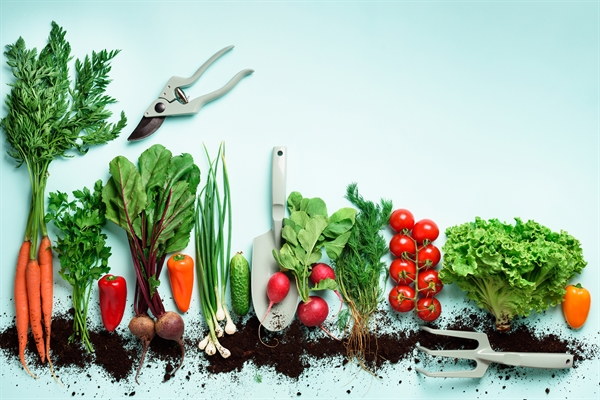
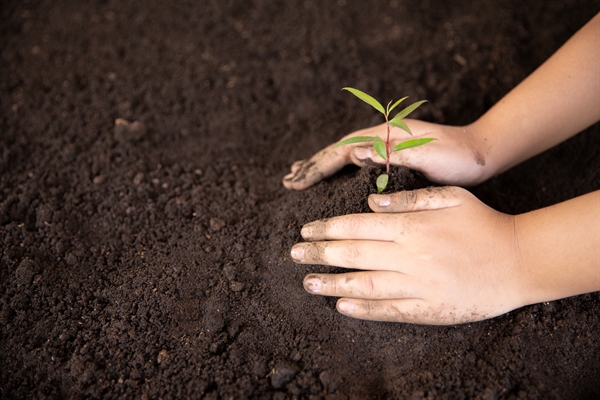
In Easton, PA, Jaylynn Holland and Iliana Sutton Learned About So Put Your Grasses On
Turf professionals often advise “topdressing” yards with a thin layer of compost. The material is spread out one-quarter to one-half inch thick in spring or fall, depending on regional climate and soil. * Garden compost improves the moisture-holding capability of the soil, includes nutrients, and feeds soil microorganisms. These microbes are crucial to the intricate process that makes food offered to yard plants.
Garden compost spread out on top of thatch can likewise speed thatch decomposition and get rid of the labor of mechanical removal. But there is a problem: Compost quality differs. Whether you buy it by the bag, pick it up at the community leaf dump or have it provided by the backyard, how can you know that it is “excellent” compost? Think about these questions: Is it at the finished stage?Does it contain undesirable components such as dyes or constructing materials?Are there viable weed seeds in the material?Could it have pesticide residues? The parent products and the composting process both impact the quality of the end product.
” That is to use compost that has undergone compost-specific screening.” Acknowledging the issue this produces for customers and the land care industry alike, the USCC began the Seal of Screening Guarantee (STA) in 2000. STA is a testing, labeling, and disclosure program developed to bring presence into the world of garden compost sales.
STA looks at 14 garden compost characteristics including raw material, salts, p H, major nutrients, pathogens, metals, stability, and maturity. Rattie states among the most significant issues is the presence of pesticide residuals. Reliable compost, however, carries little of this threat. “An appropriate composting system damages the overwhelming majority of pesticides and herbicides,” says Rattie.
” The majority of STA participants offer in bulk through local landscape supply backyards, garden centers, and through direct sales,” says Rattie. USCC uses a number of resources to find STA garden compost and a calculator to assist identify the quantity: Discover a list of 200+ STA participants Check out Purchase Compost.com and use the USCC’s garden compost calculator on the upper right of the homepage.
” Bagged compost materials only one cubic foot of product,” he says. “It takes 27 bags to get one cubic lawn. Do the math!” When we utilized the garden compost calculator provided by the USCC at Buy Compost.com, we discovered that a one-quarter inch layer on a quarter-acre lawn (10,000 square feet) needs 7.7 cubic yards or 5.9 cubic meters of compost.
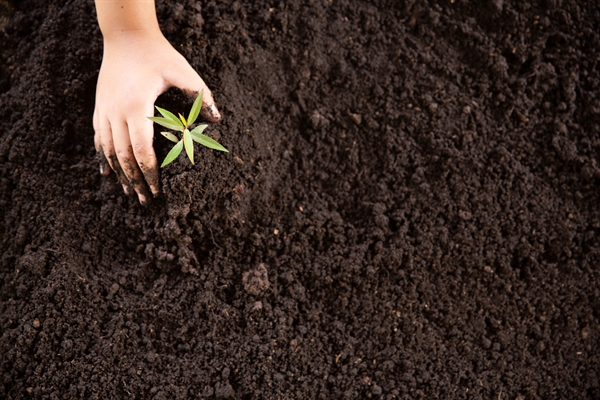
” Golf course and ball field superintendents having been utilizing this strategy successfully for numerous years,” he states. Garden compost is spread in spring or fall, but there are necessary subtleties. In cool-season locations, the spring application is generally lighter and the fall application heavier. In the south, topdress warm-season yards in early spring.
Basically, garden compost is broken down raw material but that does not describe much. To a romantic, garden compost is the very essence of life. The living element of the soil responsible for a myriad of the most sublime and complex procedures known to guy. Organisms nourishing organisms all the way up the food chain from easy germs to crops to people, none of it possible without disintegrated organic matter: compost.
In Statesville, NC, Corey Long and Alfredo Phelps Learned About Turn Grass
It is the things of life, teeming with bacteria that become part of the nutrient cycle of plants. Compost can be made little scale; in a yard or below a sink, or large scale; in huge windrows turned by front-end loaders or other specialized equipment. Either method, it is everything about breaking down raw material till all that is left is a rich, dark, moldy, practically sweet-smelling substance with the consistency of potting soil.
Hay, straw, fish gurry, animal manure, branches, tree bark, and seashells are frequently utilized to make up the composition of garden compost. The compost is generally combined two parts dry product (bark, leaves) to one part wet or green material (lawn clippings, fish gurry) and left in either containers, piles or windrows to break down.
Breaking down compost needs to remain uniformly damp however not damp. Depending on the type of composting system, it can take anywhere from a few months to a year or more to end up the procedure, often described as “cooking.” Actively rotting compost is stated to be cooking since temperature levels can reach anywhere from 120 to 160 F.
Caution Garden compost is not considered effectively cooked unless it has actually reached these high temperatures enough time to sanitize weed seeds and get rid of harmful bacteria discovered in some manures. Ultimately, more intricate organisms like amoeba and nematodes consume the easier bacteria and fungi, the pile starts cooling while the nutrients in the compost become a growing number of focused from their waste products and more decomposition.
Garden compost that is not completely completed can have an ammonia odor to it and might not deliver the wanted impacts or it can even hurt the plants as it continues to prepare. It’s the bacteria in garden compost that give it its magic. Countless microbes go to operate in the soil, biking nutrients and making them readily available to be used up by the plant.

Compost is also packed with micronutrients and other intricate biology that is very useful for plant development. Compost adds life to the food web, eventually resulting in healthier grass. Excellent quality compost consists of a high percentage of finished raw material with the rest being comprised by smaller sized incomplete organic matter like wood chips, sawdust, seas shells and mulched leaf matter.
Compost can be spread out manually with shovels by utilizing a throwing action to try and achieve a layer about 1/4″ thick. It can be smoothed out with a rake to blend it in a little much better and after numerous days it will not even be noticeable on the surface area of the yard.
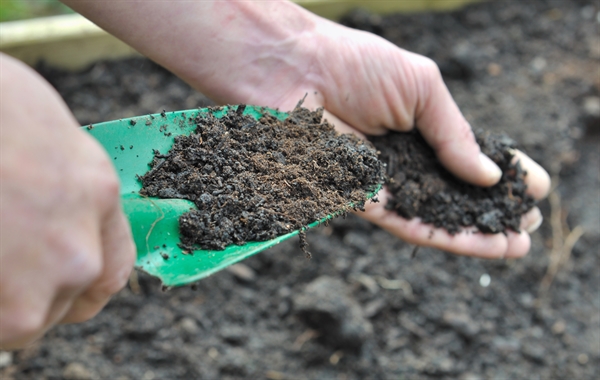
Applying the garden compost right away after seeding and aerating is an excellent way to integrate the garden compost directly into the soil and supply a dive start for seedlings. Just doing this as soon as or two times a year will benefit the lawn more than lots of quick-fix products that are convenient but not constantly the finest option.
In Fair Lawn, NJ, Ryland Crosby and Dawson Valdez Learned About Mulch Grass Clippings
Preferably, a lawn would be topdressed with compost a number of times a year however a composting program will ultimately be dictated by time and cash. The target for a composting program should for a lawn’s soil to consist of 5% natural matter. It looks like a percentage but it can take years to develop in specific soils.
When raw material starts to build up in the soil, topdressing can be cut down to when or two times a year. Likewise, the need to fertilize and water the lawn will begin to decrease as the soil starts to offer optimum growing conditions for turf. Weed, bug and illness pressure will decrease too, resulting in cost savings over the long term as the work of the healthy soil replaces the life support system of synthetic fertilizers and chemical pesticides.
Home & Garden Green Living How to Top-Dress Lawns with Garden Compost By Cathy Cromell, The National Gardening Association If you have actually gone through the effort of making abundant compost of your own, you can use it to top-dress your yard for thicker, much healthier turf. You can utilize compost to top-dress both brand-new and existing lawns.
Top-dressing is specifically handy in dry climates or throughout dry or breezy spells, where the soil and seeds easily dry out within hours. (If a germinated seed dries, it’s a goner.) On an existing yard: Top-dressing with garden compost might also invigorate existing lawns. Lawns often become compacted with time from foot traffic, play, and mowing, which prevents air, water, and nutrients from circulating freely through the turf’s root zone.
To core aerate a little patch of grass, use a specific foot press that you can find at your regional home and garden store. For big lawns, rent a maker from an equipment supply company or work with a lawn upkeep company. When top-dressing with compost, you ought to just utilize evaluated compost or garden compost with particle sizes of 3/8-inch or less.
Also, take care to top-dress with garden compost that’s ensured devoid of weed seeds, or you might be sowing a future weeding headache into your lawn! No matter where you live, the very best time to aerate and top-dress your lawn is when it is most actively growing. This enables the grass to vigorously rebound after having actually holes punched in it.
Avoid aerating these grasses during summer season’s intense heat, which may stress roots. Although some development takes place in early fall, these types of turfs go semi- or fully dormant as weather cools, making healing after a late aeration more difficult. Also, early aeration promotes much better penetration of summer and fall rains through the soil when it’s most beneficial for growth.

If you reside in a warm environment that enables year-round lawns, you have different alternatives. The very best time to aerate and top-dress is early to mid-summer when your warm-season yard (such as Bermuda grass) is actively growing. You should also use garden compost top-dressing (without aeration) after overseeding your summertime lawn with a cool-season turf (such as ryegrass) in the fall.
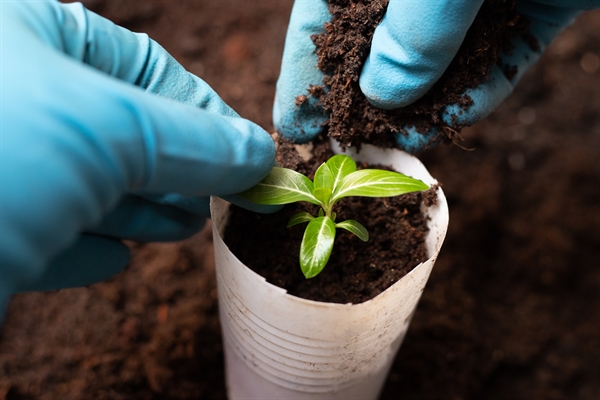
In Amityville, NY, Marley Diaz and Humberto Bentley Learned About Can You Use Grass Clippings As Mulch
The arrival of summer season reminds us that it’s not too late to nurture your yard the healthy way with organic compost from World Natural. As lawn-spraying services broaden their grip on suburbia it is very important to bear in mind that using natural practices to motivate turf in your backyard secures your animals and household from hazardous chemical fertilizers and herbicides.
It will greatly increase advantageous microbial activity in your soil, benefiting your yard much more. And it’s an excellent way to treat the spots in your lawn that are thin, brown and unhealthy. From Organic Lawns, Healthy Soil: “Developed yards benefit considerably from a single annual application of compost, even more considerably from 2.
Depending upon your lawn’s size, a wheel barrow and a shovel may be the very best way to disperse garden compost around your backyard, followed by a great raking (a push broom will likewise work) to disperse it more evenly. Though tough to find and frustrating to use successfully, a compost wheel or peat spreader can distribute compost across small backyards though they can be difficult to push and require to be refilled frequently.
Compost needs to be spread no greater than a half-inch deep. The idea is not to bury turf blades, smothering them and keeping them from sunshine. If that means less than a half-inch of compost, then decrease your application. You want lawn blades exposed to oxygen and sunshine. Using garden compost to issue locations will likewise help treat them.” Including compost will assist your yard’s soil maintain wetness during the long hot months of summer, keeping your turf greener longer.
Do Compost: Lawn clippings, leaves, stalks, dead plants, branches up to pencil size, and a lot of weeds. Don’t Compost: Weed seeds and invasive weeds like ivy (they resprout!), diseased plants, pet waste, clippings treated with weed or bug killers, or food waste. Rather, try the rodent-resistant approaches explained in Food Waste Composting.
It takes 6 to 12 months for soil creatures to alter a lot of yard waste into completed garden compost. For faster composting, keep your stack as moist as a wrung-out sponge. Slice up stalks and branches. Mix “green” materials like yard clippings with “browns” like fall leaves and stalks. Symptom Cause Service Bad smells Stack too damp, no air, or includes food or animal waste Turn stack.
Eliminate food. Pile is dry Inadequate water Turn stack. Add water to keep as moist as a sponge. Moist enough, however sluggish composting Insufficient “greens” Turn stack. Include “greens” like yard, plants, or manure Slimy lawn, ammonia smell Too much fresh grass in stack Leave clippings on yard, instead of composting.
Stack shrunken, however looks un-decomposed Leading too dry, completed compost is at bottom Harvest ended up compost from bottom. Start new stack with un-composted product. Contact the specialists at the Garden Hotline at (206) 633-0224 (language interpretation available) or at Garden Hotline. Composting in the house Guide (pdf) – Demand a free copy.
In Selden, NY, Priscilla Clarke and Jovan Bowers Learned About Are Grass Clippings Good For Your Garden
Compost Resource List (pdf) – Lists bin providers, tools, and more. Composting Questions & Answers (pdf) – Responses to some common questions. Tilth Alliance – Uses classes in composting and natural gardening, and home-made compost bin plans.